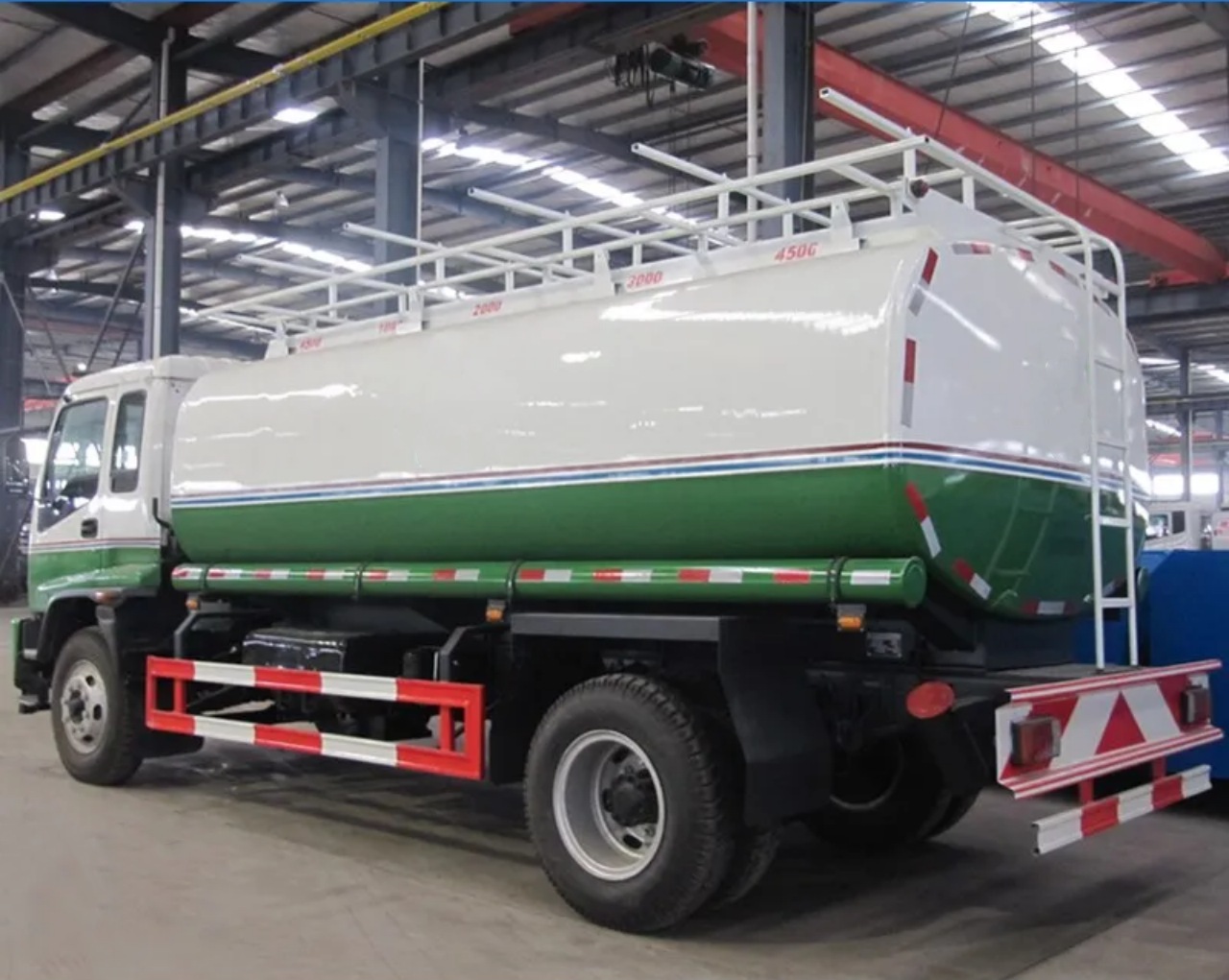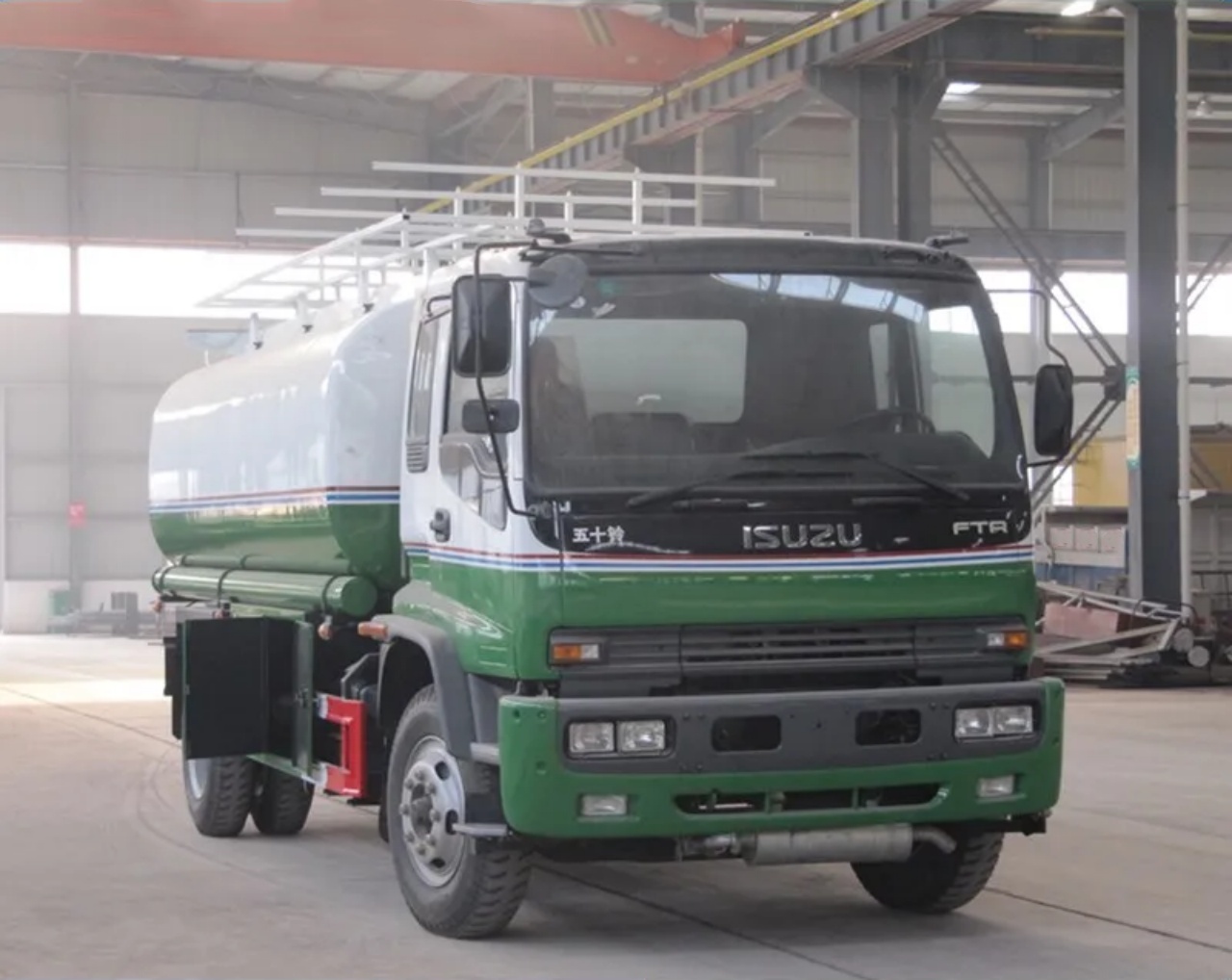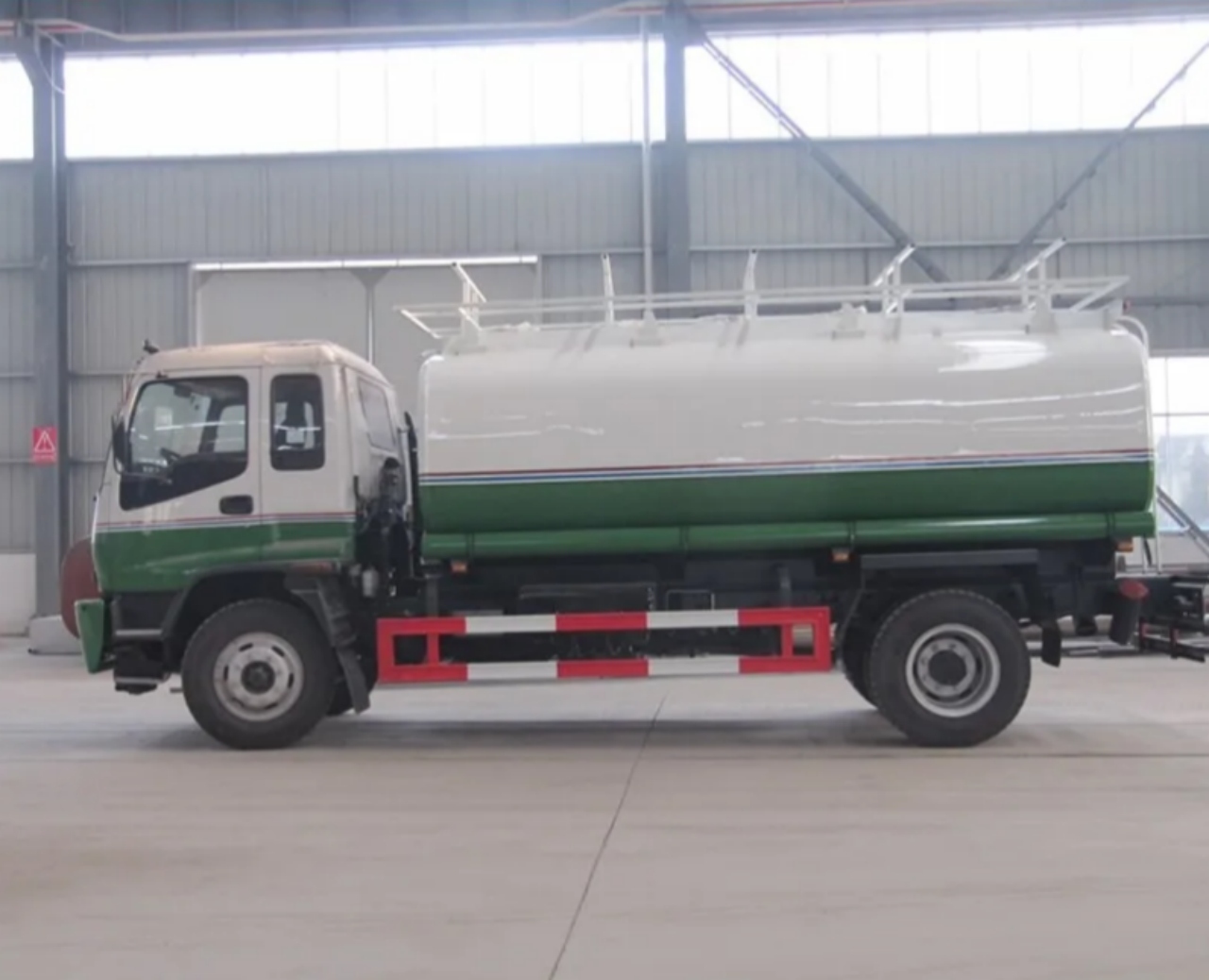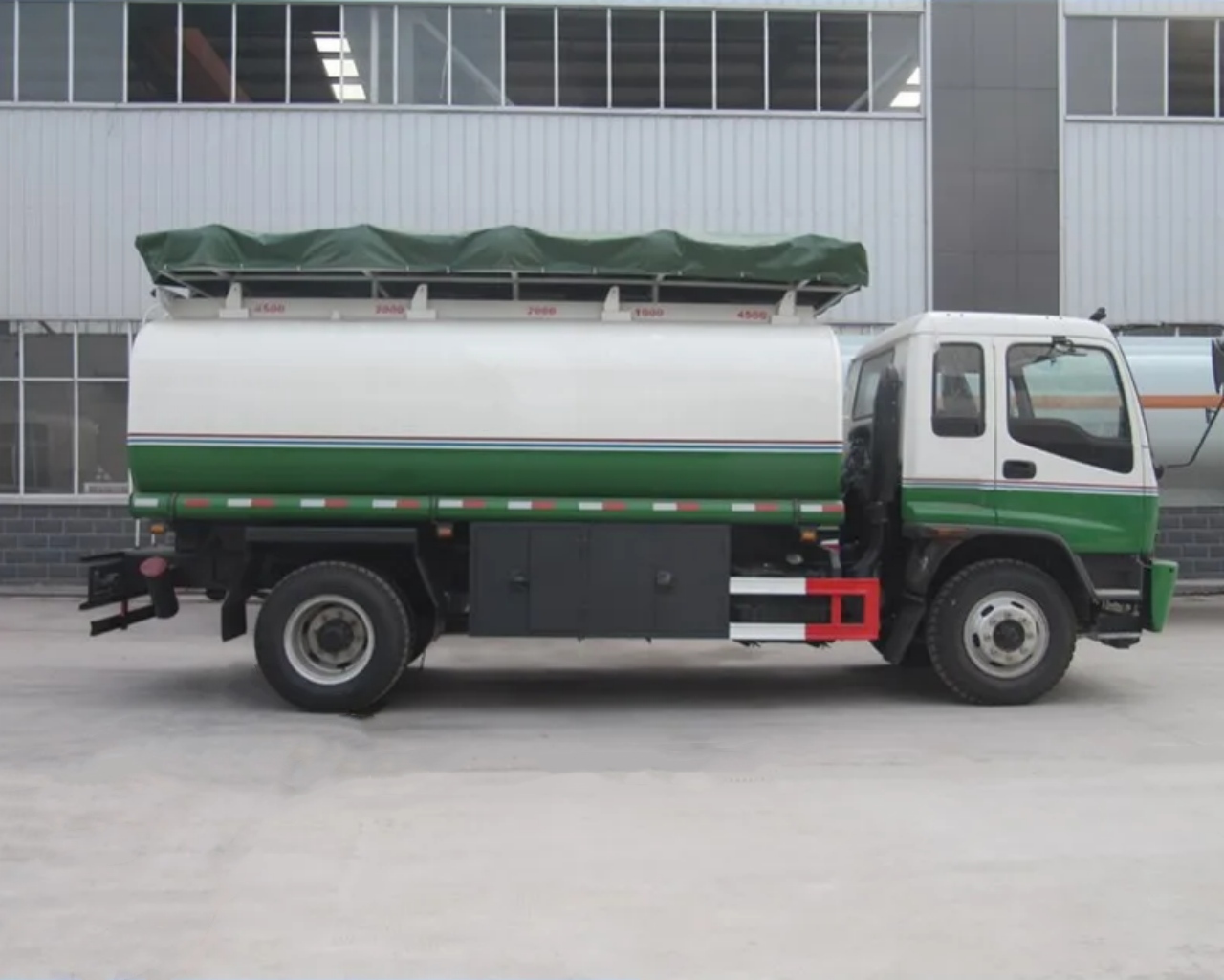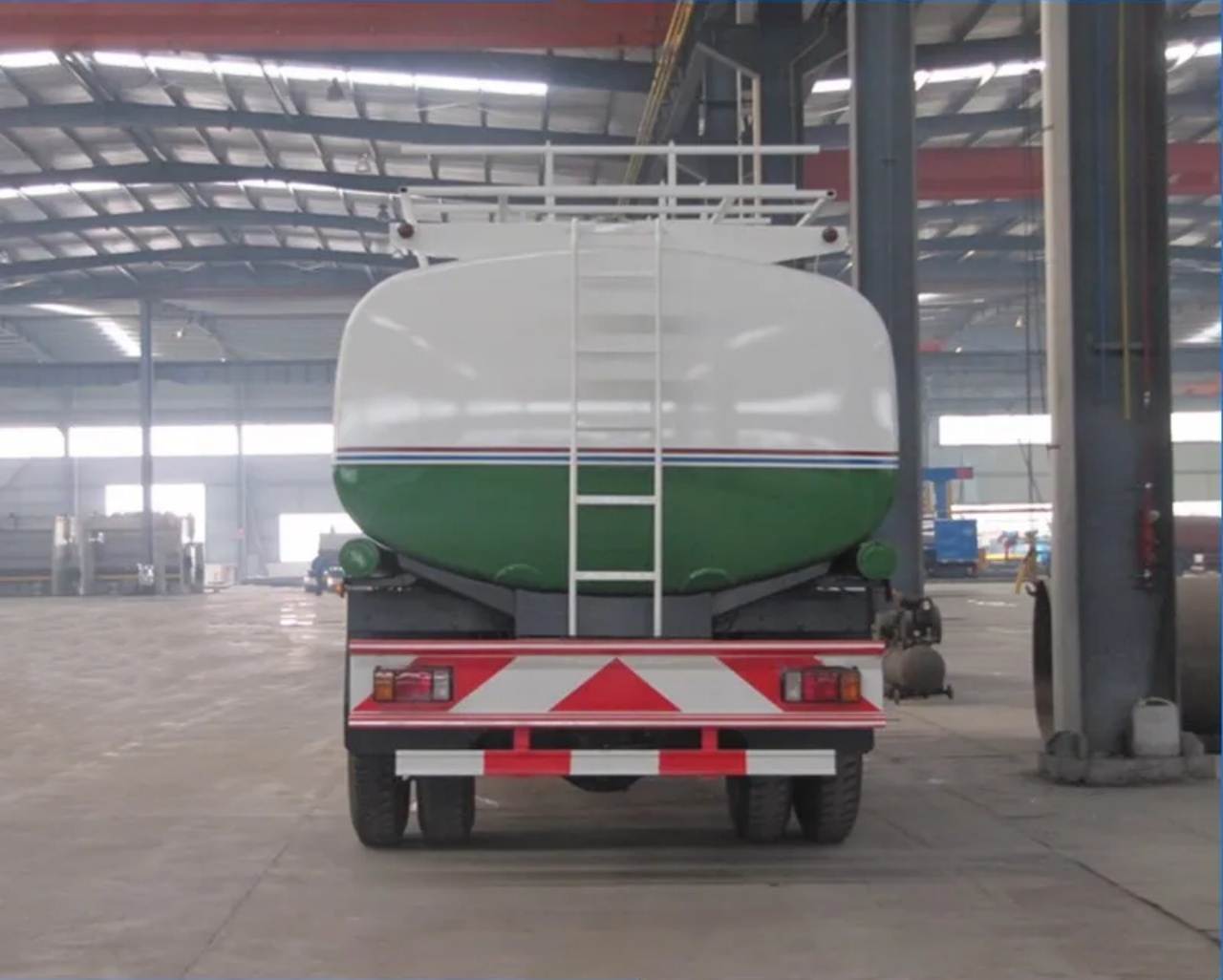In the world of logistics, transport, and liquid storage, the terms bowser and tank are often used interchangeably. However, they refer to different types of equipment, each with specific functions, designs, and use cases. Understanding the difference between a bowser and a tank is essential for industries like agriculture, aviation, construction, fuel distribution, and emergency services, where the proper handling and movement of liquids, such as fuel, water, chemicals, or other fluids, is critical.
This article explores the definitions, structural distinctions, applications, advantages, and limitations of bowsers and tanks to clarify how they differ and when each is best used.
Definition: What is a Bowser?
A bowser is a mobile liquid dispensing unit designed to transport and distribute liquids, typically fuel or water. It usually consists of a tank mounted on wheels—either towed as a trailer or built into a self-propelled vehicle—and includes pumping and metering systems for controlled dispensing. The term “bowser” originated from the name of Sylvanus Bowser, the inventor of the first fuel pump in the early 20th century.
Common Characteristics of a Bowser:
- Mobility: Designed to be mobile and easily transportable.
- Dispensing Mechanism: Equipped with pumps, hoses, nozzles, and meters.
- Applications: Widely used in aviation (aircraft refueling), construction (fueling machinery), agriculture (water delivery), and firefighting.
Definition: What is a Tank?
A tank, in this context, refers to a stationary or mobile container used for storing liquids. Tanks come in various sizes and materials, from small portable tanks to massive fixed structures used in industrial facilities. Unlike bowsers, tanks typically do not include dispensing mechanisms unless modified for that purpose.
Common Characteristics of a Tank:
- Storage-Oriented: Primarily designed to hold liquids safely.
- Stationary or Semi-Mobile: May be fixed in one place or designed for limited mobility.
- Simple Design: Often lacks pumps or dispensing equipment unless added.
- Applications: Used in agriculture (fertilizer storage), fuel storage, water treatment, chemical processing, and more.
Key Differences Between a Bowser and a Tank
1. Mobility
- Bowser: Highly mobile. Bowsers are either self-propelled (truck-mounted) or trailer-mounted, enabling easy transportation to various locations.
- Tank: Typically stationary. While some tanks are transportable (e.g., ISO tank containers), they are not designed for frequent movement.
2. Purpose
- Bowser: Built for both transportation and distribution of liquids. It’s a delivery system.
- Tank: Built primarily for storage. Any dispensing must be added externally.
3. Integrated Equipment
- Bowser: Includes integrated pumps, flow meters, hoses, and nozzles.
- Tank: Generally lacks dispensing systems unless customized.
4. Design and Construction
- Bowser: Must be engineered for road use (if mobile), complying with transport safety regulations, especially for hazardous materials like fuel.
- Tank: Built for containment. Construction standards vary depending on whether the tank is above ground, underground, pressurized, or atmospheric.
5. Legal and Safety Regulations
- Bowser: Subject to strict transport and safety regulations, especially when used to carry fuel or chemicals. Roadworthiness, signage, spill containment, and pressure ratings are crucial.
- Tank: Subject to environmental and structural codes, more than transportation laws (unless mounted on a vehicle).
Types of Bowsers
- Fuel Bowsers: Designed for refueling vehicles or aircraft. Commonly seen on airfields or construction sites.
- Water Bowsers: Used in agriculture, civil engineering, or disaster relief for supplying potable or non-potable water.
- Chemical Bowsers: Equipped to carry and dispense pesticides, fertilizers, or industrial chemicals.
Types of Tanks
- Vertical Storage Tanks: Common in factories and refineries.
- Horizontal Tanks: Often used for fuel or chemical storage.
- Underground Tanks: Popular in fueling stations or where space is limited.
- ISO Tank Containers: Intermodal tanks designed for bulk transport via ship, rail, or truck.
When to Use a Bowser vs. a Tank
Use a Bowser When:
- You need to transport and dispense liquids.
- You require on-site delivery of fuel, water, or chemicals.
- The operation involves frequent movement between sites.
- You are supporting mobile operations like construction, mining, or disaster response.
Use a Tank When:
- The primary need is long-term storage.
- You have a fixed location for storage or processing.
- Liquids do not need frequent dispensing or are connected to separate piping systems.
- You’re managing bulk volumes in an industrial setting.
Advantages and Disadvantages
Bowser
Pros:
- Mobility and versatility.
- Built-in dispensing systems.
- Suitable for field operations.
Cons:
- Limited storage capacity compared to large tanks.
- Higher maintenance due to moving parts and road exposure.
Tank
Pros:
- High-capacity storage.
- Durable and long-lasting.
- Fewer mechanical parts—lower maintenance.
Cons:
- Limited to fixed locations unless specialized.
- Requires additional equipment for dispensing.
Conclusion
While bowsers and tanks may seem similar due to their role in liquid handling, they serve distinct functions. Bowsers are the go-to choice for mobile, on-demand liquid delivery and dispensing, equipped with everything needed to manage fluids on the move. Tanks, on the other hand, are designed for static or semi-mobile storage, ideal for facilities that require bulk containment with limited need for mobility.
Understanding these differences is essential when planning logistics, selecting equipment for a project, or ensuring regulatory compliance. Choosing the right tool for the job not only boosts operational efficiency but also enhances safety and cost-effectiveness.
Whether you’re fueling an aircraft, supplying water to a remote construction site, or storing chemicals for industrial use, knowing whether you need a bowser or a tank makes all the difference.
